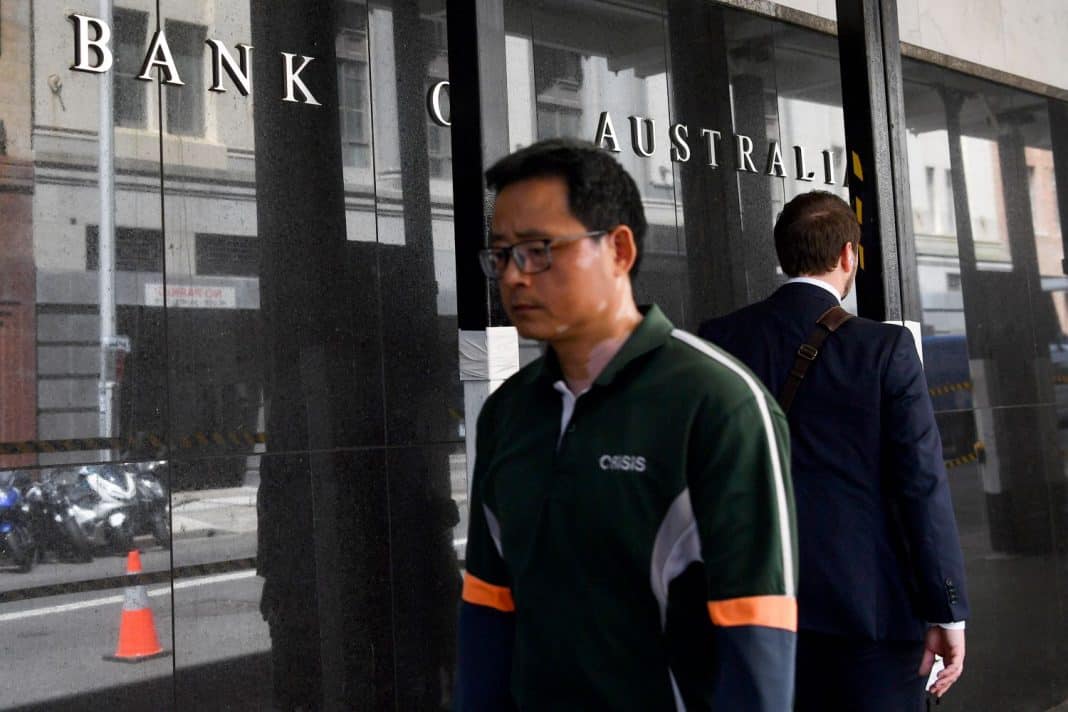Australian borrowers have been hit with a ninth cash rate rise in a row, putting more pressure on squeezed mortgage holders as the Reserve Bank tries to stem inflation.
The RBA lifted the official cash rate 25 basis points to 3.35 per cent and the bank’s board said it expected further increases in interest rates would be needed in the months ahead to return inflation to its target.
Inflation is sitting at 7.8 per cent – the highest it has been since 1990 – and the central bank is aiming to get it back to a band of two to three per cent.
“High inflation makes life difficult for people and damages the functioning of the economy,” the RBA said in its statement on Tuesday.
“And if high inflation were to become entrenched in people’s expectations, it would be very costly to reduce later.
“The board is seeking to return inflation to the two to three per cent range while keeping the economy on an even keel, but the path to achieving a soft landing remains a narrow one.”
RateCity says the rise will mean an extra $908 a month in repayments for the average borrower with a $500,000 loan since the RBA’s rate hikes began in May.
For a $750,000 loan, the latest rate increase will mean an extra $114 a month or $1362 since the start of the cycles of rises.
The cash rate stands at its highest level since September 2012.
Treasurer Jim Chalmers acknowledged the rate rises that began in May – before the last federal election – had put extra pressure on Australians and the economy.
“It’s our job to focus on the broader pressures that are coming at us from around the world and being felt around the kitchen tables of this country,” he told parliament.
The government planned to deliver cost-of-living relief that did not add to inflation, deal with supply chain issues and show budget spending restraint, Dr Chalmers said.
“There is growing evidence that inflation is expected to have peaked in our economy, and is now beginning to moderate,” he said.
The RBA said global inflation remained very high but was moderating in response to lower energy prices, the resolution of supply chain problems and the tightening of monetary policy.
“It will be some time, though, before inflation is back to target rates,” it said.
“(Domestic) inflation is expected to decline this year due to both global factors and slower growth in domestic demand.
“The central forecast is for CPI inflation to decline to 4.75 per cent this year and to around three per cent by mid-2025.”
On unemployment, the RBA said the jobless rate should increase to 3.75 per cent by the end of this year and 4.5 per cent by mid-2025.
A further pick-up in wages growth is expected due to the tight labour market and higher inflation.
Finsure chief executive Simon Bednar said the Reserve Bank needed to tread carefully to ensure the economy did not “tip over the edge”.
“At some point the RBA will need to keep their powder dry and sit back and assess the impact of the rate increases,” he said.
“Conversely, if they do go harder with the increments, it could force an earlier retreat on rates.”
By Paul Osborne in Canberra
Get all the latest Canberra news, sport, entertainment, lifestyle, competitions and more delivered straight to your inbox with the Canberra Daily Daily Newsletter. Sign up here.



